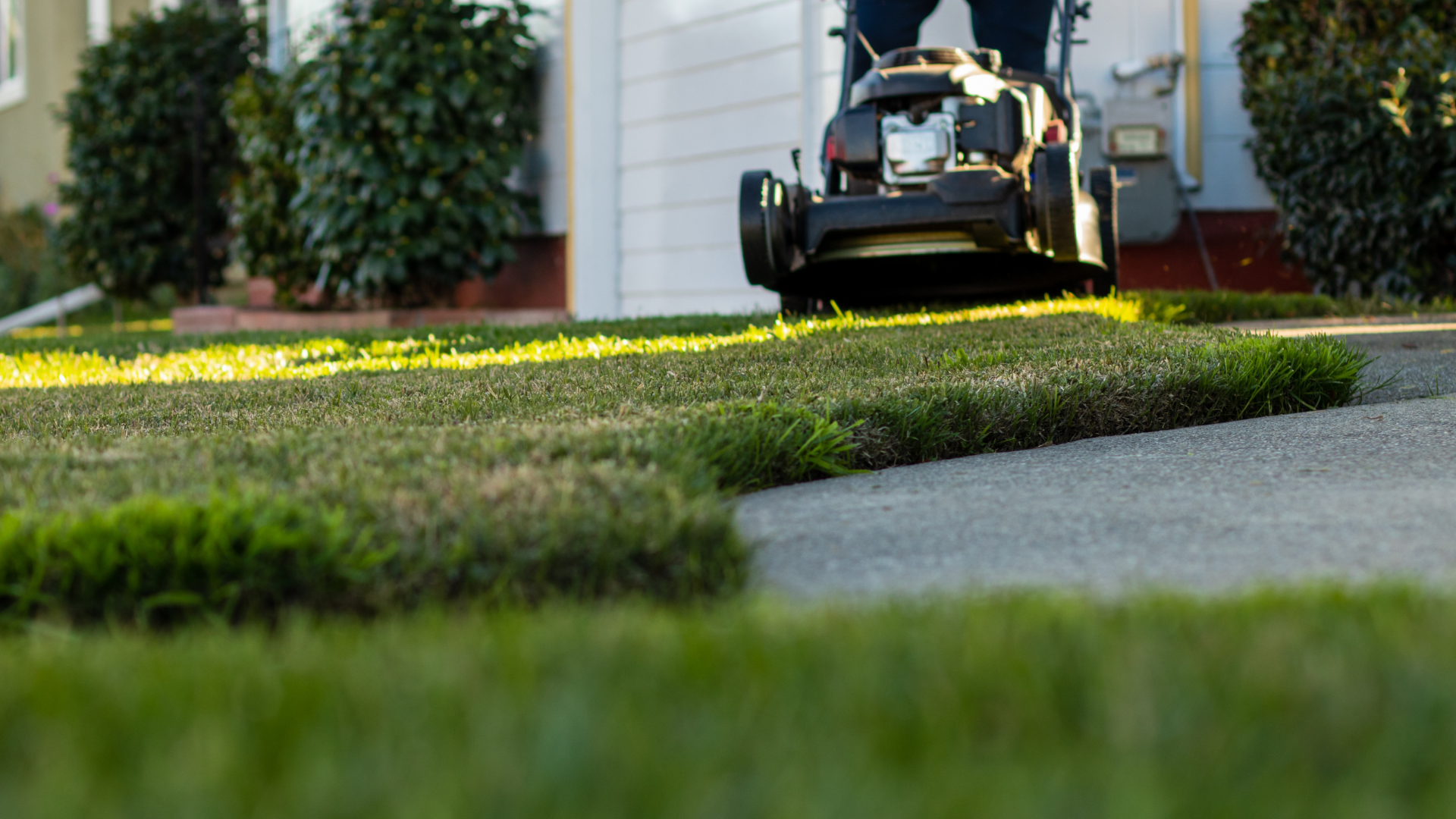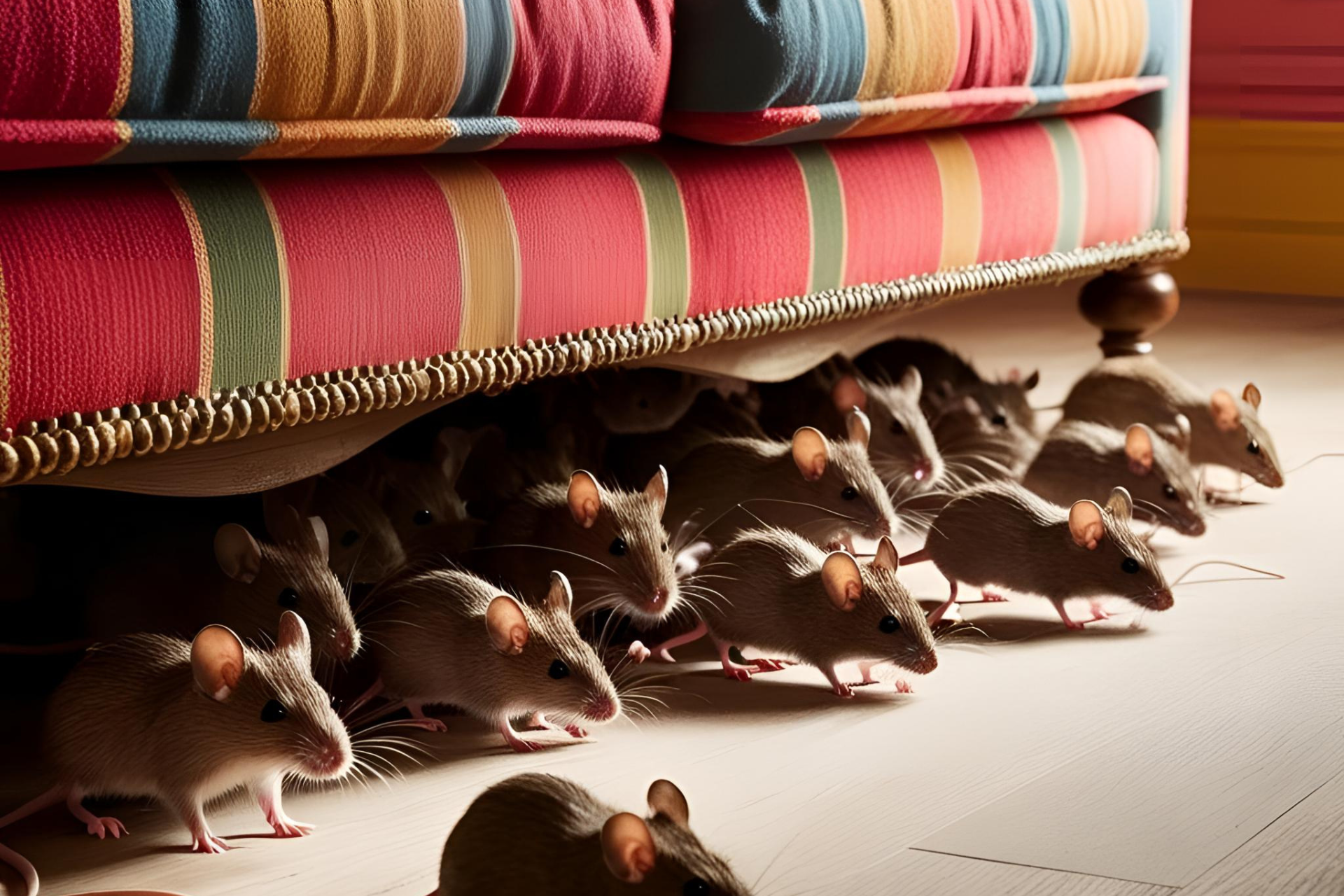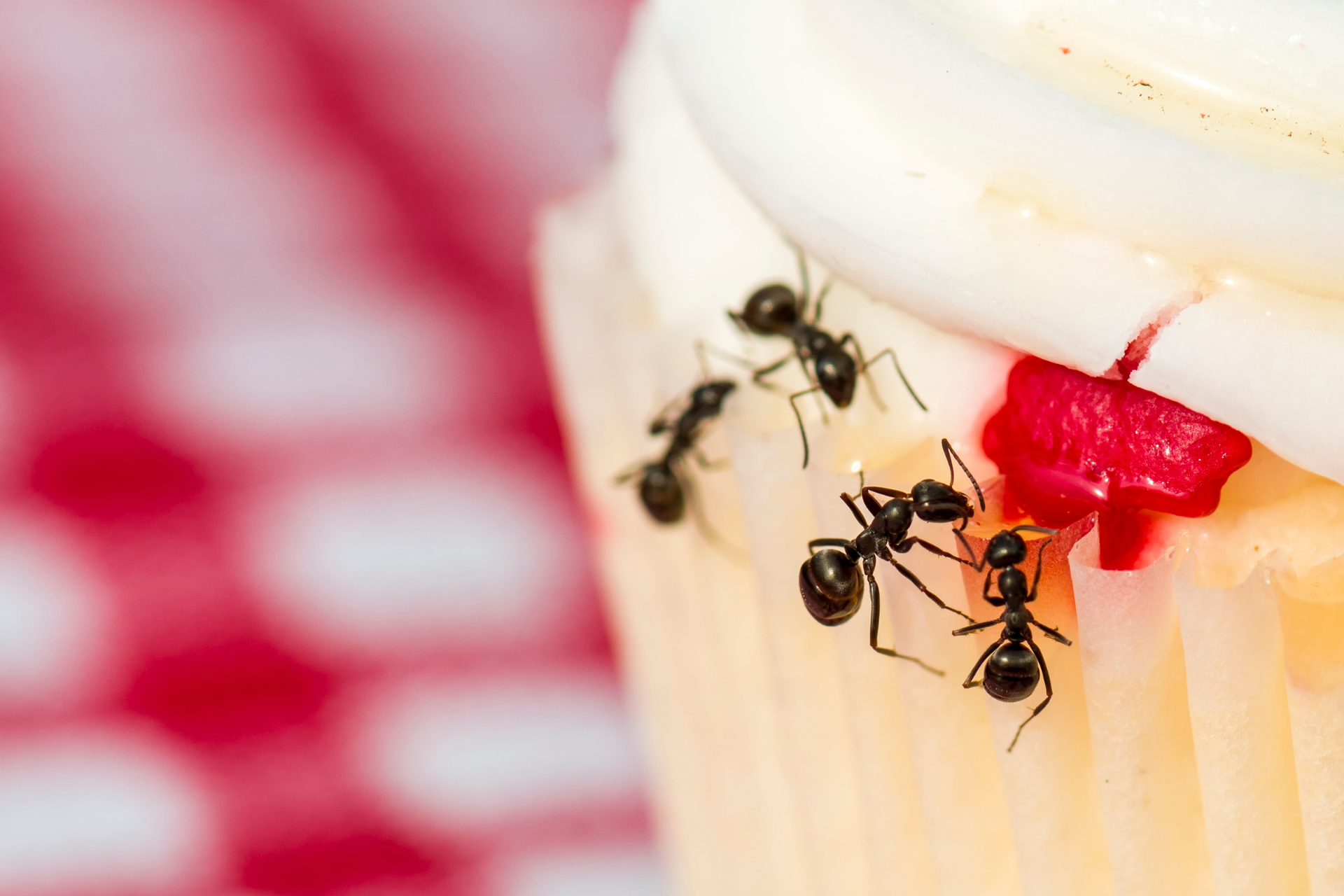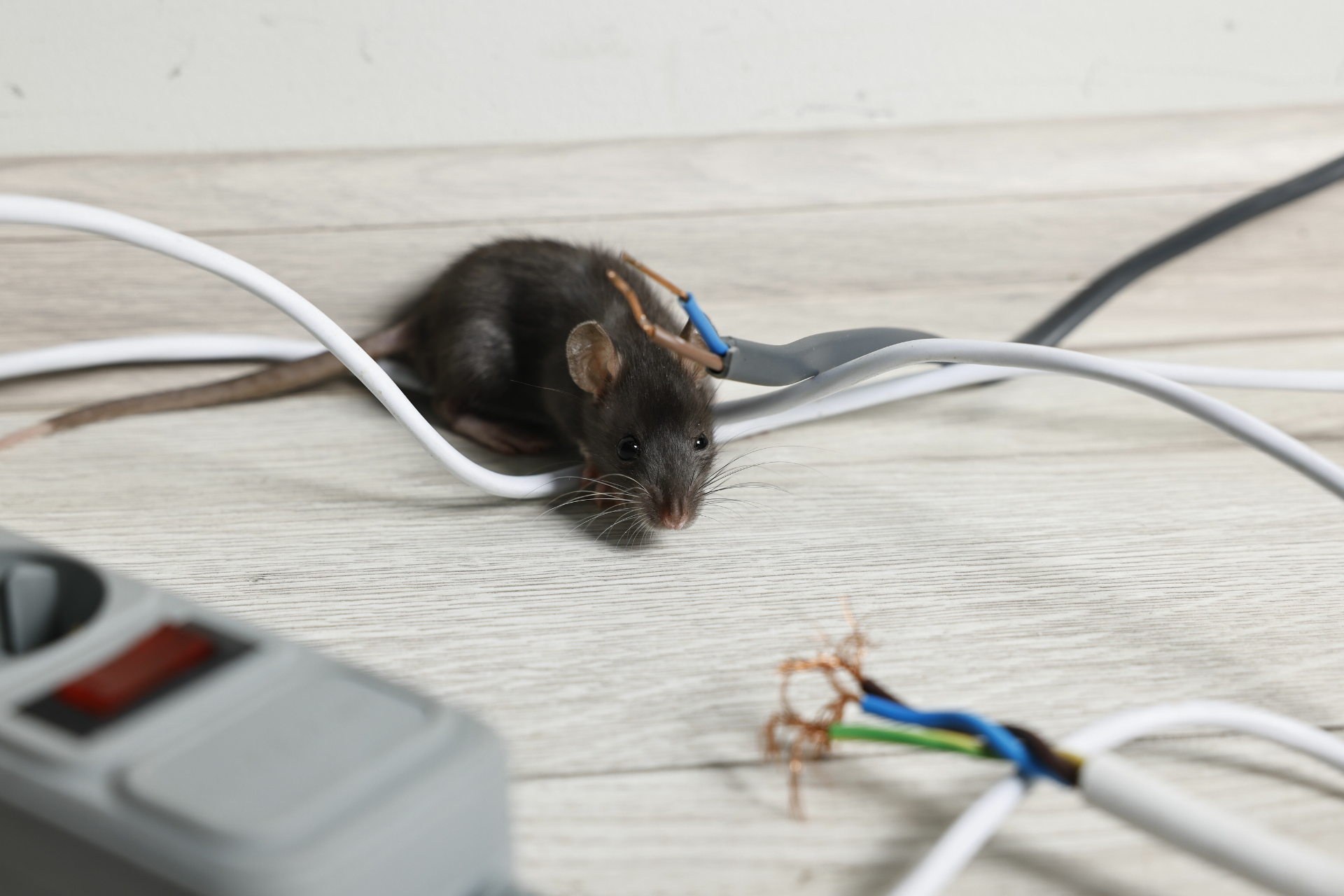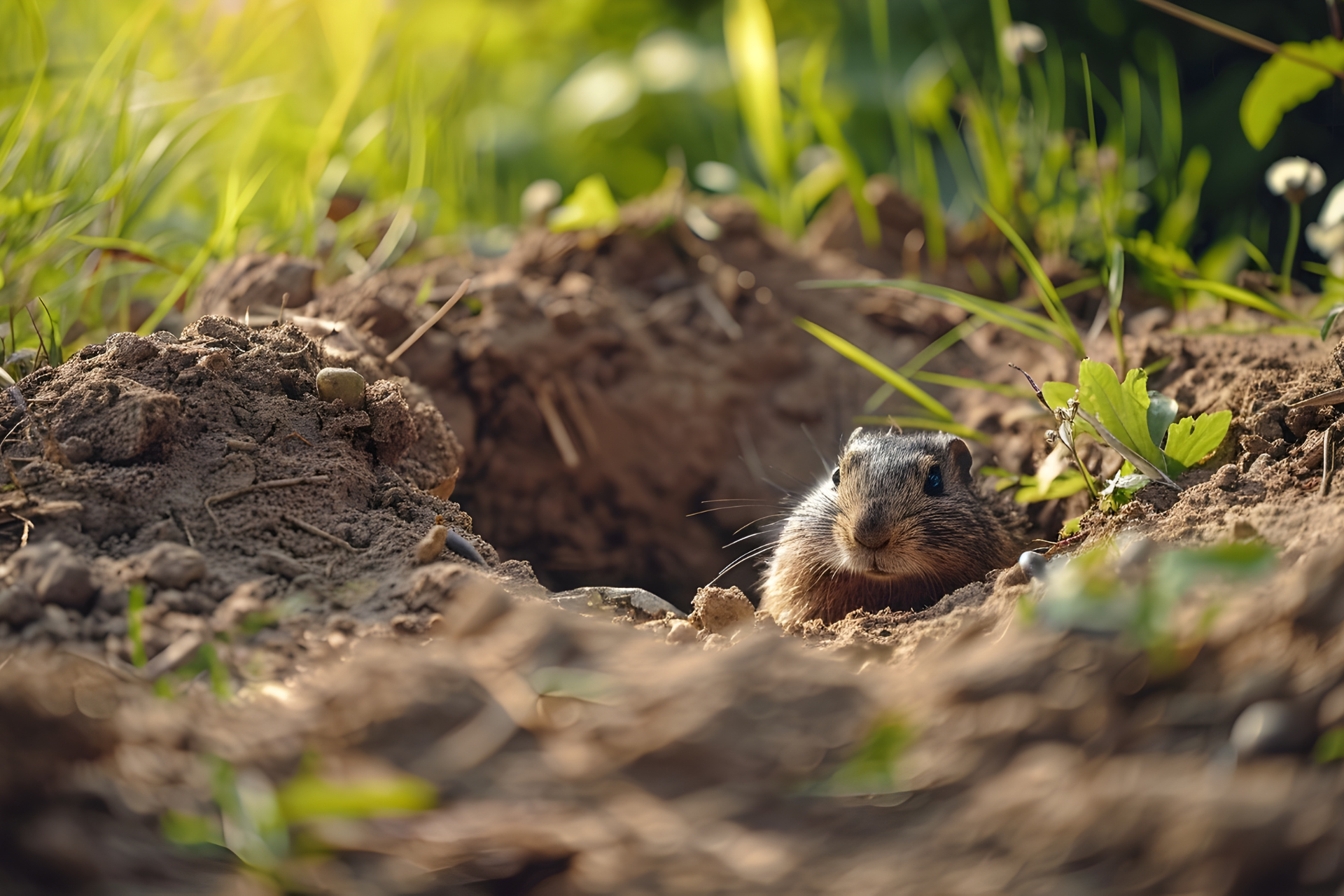How To Spot Gopher Activity Before Damage Spreads
Beneath that neatly trimmed lawn or flower-filled garden, there could be a silent upheaval happening just out of sight. Gophers, those small burrowing rodents, don’t crash into a yard with obvious fanfare. Instead, they make their presence known with a series of low-key—but ultimately destructive—clues. Left undetected, these animals can undermine the health of your lawn, the integrity of your irrigation system, and even the roots of your favorite plants.
It’s the kind of problem that builds slowly, and that’s what makes early detection so critical. Recognizing signs of gopher activity sooner rather than later can make the difference between a manageable nuisance and a full-blown landscaping nightmare. Because gophers spend so much of their time underground, their impact often goes unnoticed until the damage is widespread.
Telltale Signs On The Surface
While gophers do most of their work out of sight, they have a habit of leaving unmistakable evidence in their wake. The first giveaway is usually their signature dirt mounds. These crescent- or horseshoe-shaped piles appear suddenly and tend to pop up in freshly watered or softer areas of a yard. The open side of the mound usually points to the direction of the tunnel, and the soil is pushed up from below in a fan-like shape. It’s different from the round mounds made by moles, and that distinction matters when planning how to handle the problem.
As more of these mounds begin to dot the landscape, it's not just an eyesore. Beneath the surface, the gopher is tunneling relentlessly—sometimes up to hundreds of feet of tunnels—disturbing soil structure and creating weak spots. Walking across a lawn that’s riddled with these voids can feel uneven or unstable underfoot. In worst-case scenarios, large sections of sod may sink or collapse altogether.
Another subtle sign is plant damage that doesn’t seem to make sense. Gophers often pull vegetation into their tunnels from below, so plants may vanish overnight or appear to be cut at the root. This kind of disappearance is frustrating, especially if you’ve invested time and money in ornamental plants, flowerbeds, or vegetables. Their underground lifestyle gives them access to roots and bulbs, making gardens particularly vulnerable.
You may also notice areas of the yard where growth suddenly seems stunted. Plants that once thrived might start wilting inexplicably, as gophers chew through their lifelines beneath the soil. Even small shrubs or young trees can be impacted. The damage below interrupts their ability to absorb water and nutrients, leaving them struggling to survive above ground.
Damage You Don’t Immediately See
It’s not just about the cosmetic impact or even the disappearance of a few plants. Gophers are more than just garden raiders—they can cause significant underground destruction. Their constant digging can break through irrigation lines, chewing right through plastic piping and interrupting water flow. If you're noticing areas of your yard that are unusually dry or soggy, that could be a side effect of gopher activity disrupting your sprinkler system.
Additionally, they have a taste for more than just roots. Gophers may gnaw on buried utility cables and drip lines, which can result in outages or malfunctions you might not immediately trace back to a pest issue. What starts as a little frustration—say, a sprinkler not turning on—might eventually reveal deeper issues caused by unseen tunneling.
They can also disrupt French drains and other underground drainage systems, which could lead to pooling water or foundation concerns. In regions with clay-heavy soil, this can be especially problematic, as poor drainage tends to compound quickly into larger issues.
In some regions, gophers have even been known to undermine structural foundations, especially in places with loose or sandy soil. While that’s more rare, the possibility highlights just how impactful a single animal can be when it works tirelessly underground for weeks or months. That’s why waiting to act until the damage is obvious can lead to expensive repairs and serious headaches.
Activity Peaks And Seasonal Patterns
While gophers are active throughout the year, their patterns often follow changes in weather. In many areas, spring and fall tend to be peak seasons for gopher activity because the ground is easier to dig and roots are plentiful. These are also prime times for planting and landscaping, which makes gopher activity even more frustrating. Just when your yard is starting to come to life, it can be under siege from below.
You might not see the gopher itself, but you'll see its behavior reflected in the changes happening around your yard. Gophers are solitary creatures, which means even one can cause a disproportionate amount of damage. Their need to constantly dig and expand their territory keeps them on the move and leaves a clear trail—if you know what to look for.
It’s also worth mentioning that gopher activity tends to ramp up in areas where there’s been new construction or heavy soil disturbance. When natural habitat is disrupted, they may move into residential yards, seeing them as an easy opportunity for food and soft soil to burrow through. So if you’ve had new fences installed, a garden dug, or new irrigation trenches laid, keep an extra eye on the yard in the following weeks.
You may even find that adjacent properties dealing with gophers can lead to spillover into your yard. Once established, these pests rarely stop at one lot line, especially if your landscaping offers tastier options or easier digging conditions.
Spotting the signs of a gopher infestation early can help prevent a minor annoyance from turning into a major upheaval. From damaged plants and dirt mounds to broken irrigation and sinking soil, the presence of gophers reveals itself in a number of frustrating and costly ways.
At 101 Gopher & Pest Control, we know what to look for and how to act fast. If you've noticed unusual changes in your yard—whether it's unexplained plant damage, shifting soil, or those signature mounds cropping up—don't wait,
contact our team today. We'll assess the problem thoroughly and provide a professional approach to keep your yard protected and your landscaping intact. Let us help you reclaim your outdoor space before gophers dig in any deeper.

